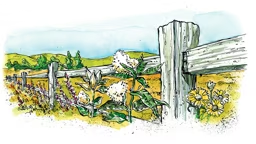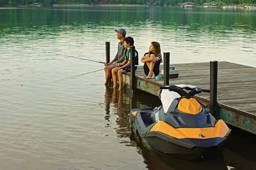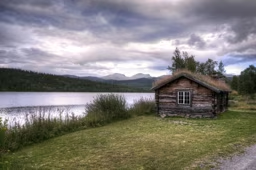Q: I’m looking for a type of grass that can be grown lakeside, is slow growing and doesn’t need too much maintenance. I read somewhere of this type of grass but cannot seem to find the article again. – Sharon Anderson, via e-mail
A: There isn’t a super quick and succinct answer to your question, as the type of grass ideal for your situation depends on a number of factors, including your area’s hardiness zone and growing conditions such as sun, shade and moisture levels. However, it won’t be hard to find a grass that will work if you follow these steps:
First, consult a USDA hardiness zone map, to ensure you select a grass that will flourish where you live. Elevation and humidity are key factors to consider when planting, as these will directly impact how well the grass thrives. Also, look at how much sun and/or shade the selected area gets.
Next, it’s important to know your soil’s general structure, quality and pH levels before beginning the grass selection process. Take a sample of your soil in for professional testing by a local county agent or buy a home pH level testing kit from a garden center.
Since you want something that is slow growing and easy to maintain, look for either aesthetic grasses that form clumps and are non-seeding or for grasses that are turf-like in nature. It depends on whether you want to be able to sit on the grass or not. A wonderful native grass that does well in the northern and central latitudes of the United States is sheep fescue or festuca ovina. This grass has pretty bluish-green leaves, grows about 12 to 24 inches high, likes moist soil and helps prevent erosion.
Buffalo grass is an excellent turfgrass and also requires very little maintenance. One particular type of this grass, Bowie buffalo grass, thrives well in most geographic locations, except shady spots, areas above 5,000 feet in elevation and some of the most northerly and southerly parts of the United States.
Another option is blue gramma grass, which also doesn’t need mowing, and doesn’t usually grow much taller than six to 12 inches. This grass does well in hardiness zones 3 through 10. There’s always the option of doing grass mixtures to suit the particulars of the climate where you live.
For locally focused advice, contact your county extension office. An officer there will be able to suggest which types of grasses to consider and can also inform you about potential problem grasses – those that can be invasive and/or weed-like in certain climates and situations.







